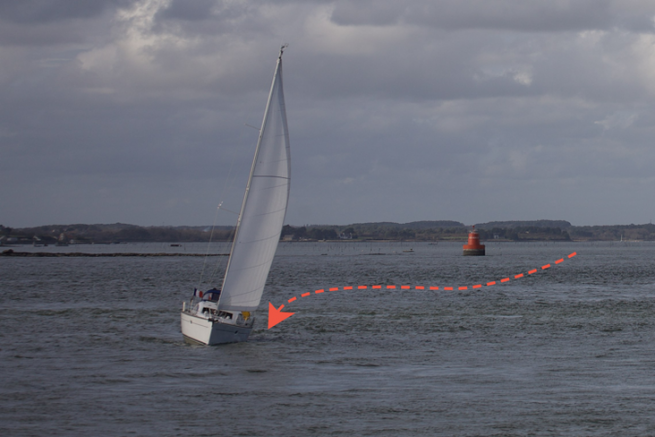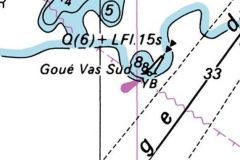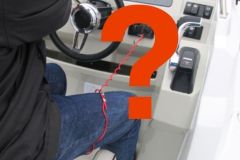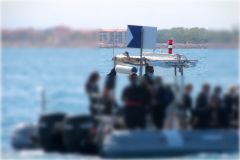Each week, Bateaux.com offers you a question about the boat license. To validate your skills or even to discover unexplored fields. This week, we tackle the question of maritime buoyage.
Is this sailboat entering or leaving the port?
We are in the presence of a port side mark, here a turret. These are red in color. If they are numbered, they have an even number. The shape of their light is cylindrical and at night (when they are lit) their light is red (any rhythm).
Lateral buoyage is determined by the conventional direction. That is, in the direction of a ship coming from the open sea and heading towards the coast (the port).
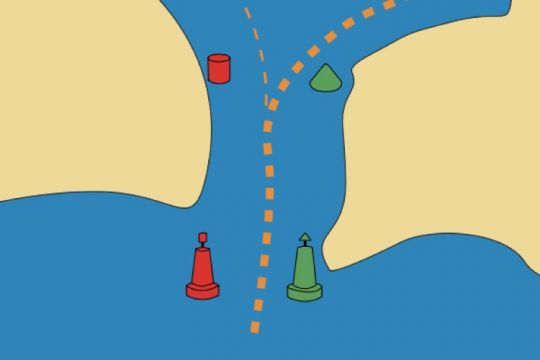
Beware of the navigation area!
The IALA (International Association of Maritime Signals), which manages buoyage worldwide, has divided the world into two zones. The main one, zone A (which includes all of Europe) positions the red beacons on the port side when entering the harbor (the other side is defined by the green beacons).
In region B, it is the opposite (red to starboard and green to port). This region includes America, the West Indies, Guyana, St. Pierre and Miquelon, Japan, Korea and the Philippines.
As our sailboat is sailing on the French coast of Brittany, it is therefore in region A. If it leaves the red beacon on starboard, it means that it is leaving the harbor and heading out to sea. So we had to answer B to our question.
